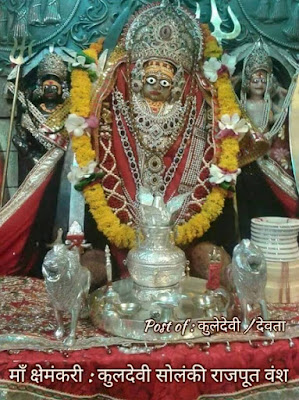Kachhwaha Rajput
Kachhwaha Rajput
Rājpūt, Kachhwāha, Cutchwāha—A celebrated clan of Rājpūts included among the thirty-six royal races, to which the Mahārājas of the important states of Amber or Jaipur and Alwar belong. They are of the solar race and claim descent from Kash, the second son of the great king Rāma of Ajodhia, the incarnation of Vishnu. Their original seat, according to tradition, was Rohtās on the Son river, and another of their famous progenitors was Rāja Nal, who migrated from Rohtās and founded Narwar.1 The town of Damoh in the Central Provinces is supposed to be named after Damyanti, Rāja Nal’s wife. According to General Cunningham the name Kachhwāha is an abbreviation of Kachhaha-ghāta or tortoise-killer. The earliest appearance of the Kachhwāha Rājpūts in authentic history is in the tenth century, when a chief of the clan captured Gwalior from the Parihār-Gūjar kings of Kanauj and established himself there. His dynasty had an independent existence till A.D. 1128, when it became tributary [454]to the Chandel kings of Mahoba.2 The last prince of Gwalior was Tejkaran, called Dūlha Rai or the bridegroom prince, and he received from his father-in-law the district of Daora in the present Jaipur State, where he settled. In 1150 one of his successors wrested Amber from the Mīnas and made it his capital. The Amber State from the first acknowledged the supremacy of the Mughal emperors, and the chief of the period gave his daughter in marriage to Akbar. This chief’s son, Bhagwān Dās, is said to have saved Akbar’s life at the battle of Sarnāl. Bhagwān Dās gave a daughter to Jahāngīr, and his adopted son, Mān Singh, the next chief, was one of the most conspicuous of the Mughal Generals, and at different periods was governor of Kābul, Bengal, Bihār and the Deccan. The next chief of note, Jai Singh I., appears in all the wars of Aurāngzeb in the Deccan. He was commander of 6000 horse, and captured Sivaji, the celebrated founder of the Marātha power. The present city of Jaipur was founded by a subsequent chief, Jai Singh II., in 1728. During the Mutiny the Mahārāja of Jaipur placed all his military power at the disposal of the Political Agent, and in every way assisted the British Government. At the Durbar of 1877 his salute was raised to 21 guns. Jaipur, one of the largest states in Rājputāna, has an area of nearly 16,000 square miles, and a population of 2½ million persons. The Alwar State was founded about 1776 by Pratāp Singh, a descendant of a prince of the Jaipur house, who had separated from it three centuries before. It has an area of 3000 square miles and a population of nearly a million.3 In Colonel Tod’s time the Kachhwāha chiefs in memory of their descent from Rāma, the incarnation of the sun, celebrated with great solemnity the annual feast of the sun. On this occasion a stately car called the chariot of the sun was brought from Rāma’s temple, and the Mahārāja ascending into it perambulated his capital. The images of Rāma and Siva were carried with the army both in Alwar and Jaipur. The banner of Amber was always called the Pānchranga [455]or five-coloured flag, and is frequently mentioned in the traditions of the Rājpūt bards. But it does not seem to be stated what the five colours were. Some of the finest soldiers in the old Sepoy army were Kachhwāha Rājpūts. The Kachhwāhas are fairly numerous in the United Provinces and rank with the highest Rājpūt clans.4 In the Central Provinces they are found principally in the Saugor, Hoshangābād and Nimār Districts.








